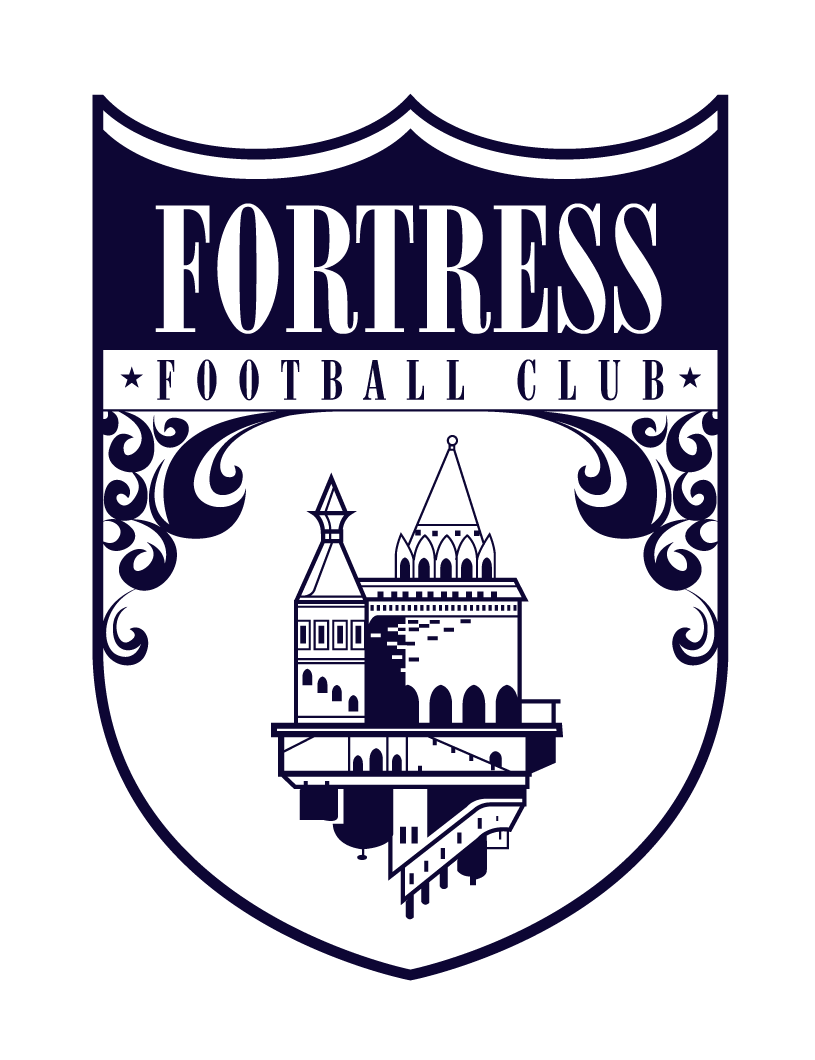Rondos, Part 2
Rondos continue to be a staple in our practice sessions. And they will continue to be. Not only does it teach our players to trap properly, open up options, move off the ball, communicate, problem solve while under stress, and other positive qualities of a total footballer, but if we look at the overall shape of the game, we may begin to see another layer of why this way of practicing is so effective.
From the outside looking in, we see a square shaped game of monkey in the middle. There are four players between the cones and one in the middle. Each player within the cones is responsible for 7 meters of space. The goal is to keep the ball away from the person in the middle. The person in the middle’s goal is to win the ball back as fast as he can.
If we take the perspective of the person on the ball, we see a different shape, a diamond. The person with the ball cannot pass across the middle of the box, leaving two options to pass to, the player to his right and the player to his left. Thus, we create a triangle.
This is an important distinction, since what we are trying to do is create triangles all over the field. If you watch Barcelona from 1988-1996 and 2008-2012, Manchester City or Ajax today, or the old Ajax and Netherlands teams of the early to mid-70’s, you will see the field covered with varying degrees of triangles and rhombuses. Although the above image replicates a diamond, another great shape for this type of soccer, it’s never static like the picture above, so doesn’t stay in this shape.
Now, the game becomes about lines on the field. Vertical and horizontal lines don’t work as well as varying degrees of angles, thus triangles are superior to squares. This has to do with keeping the ball away from the opponent in a more optimal way.
If I make a horizontal pass to a teammate of mine:
1. It’s harder to receive with the back foot thus receiving it with the outside of my front foot, turning me back into the direction in which I came from, losing awareness of space on the field, and going back into a possible stressful situation from the opponent.
2. The opponent can more easily read and intercept the pass.
If I’m a teammate calling for the ball, I should be at such an angle that I know if I’m passed the ball, there is a clear line to my foot. The person defending me or any area in between me and my teammate with the ball should not be able to reach the ball before I do. This also accepts that my teammate gives me a weighted pass, a good pass.
Through rondos, we practice all of this. Through positional play, we begin to add more teammates, more defenders, and we pick up the pace of play to replicate an actual game. Only we use a smaller space, which helps build brain pathways in our minds to play quicker, faster, than what is actually happening in a bigger, more spread out game. We will always emphasize training in smaller spaces for this reason.
This week, our focus is on attacking patterns. I believe in rehearsing “plays” over and over again. As the boys continue practicing, they will recognize a cue for a play on the field, respond automatically according to what their particular “job” is, and hopefully be rewarded for it with a goal. This isn’t so automated as it sounds and will take a lot of practice to implement as it takes a lot of coordination.
Through rehearsing attacking patterns, our players will develop confidence within themselves through knowing where and when to move off the ball, what to do when receiving the ball, and knowing where their teammates will be and when they will be there. There’s plenty of room for creativity in all of this as it’s more about developing timing and working as a team to achieve “the goal of a goal.” Next week we will discuss formations.


